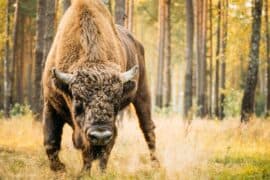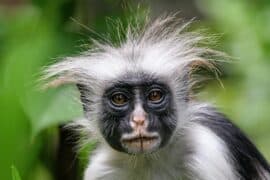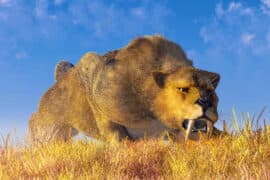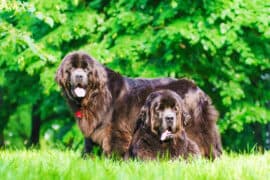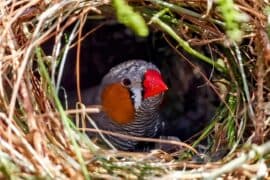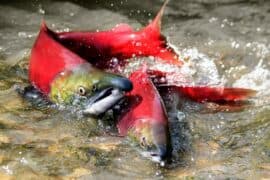Red harvester ant
(Pogonomyrmex barbatus)
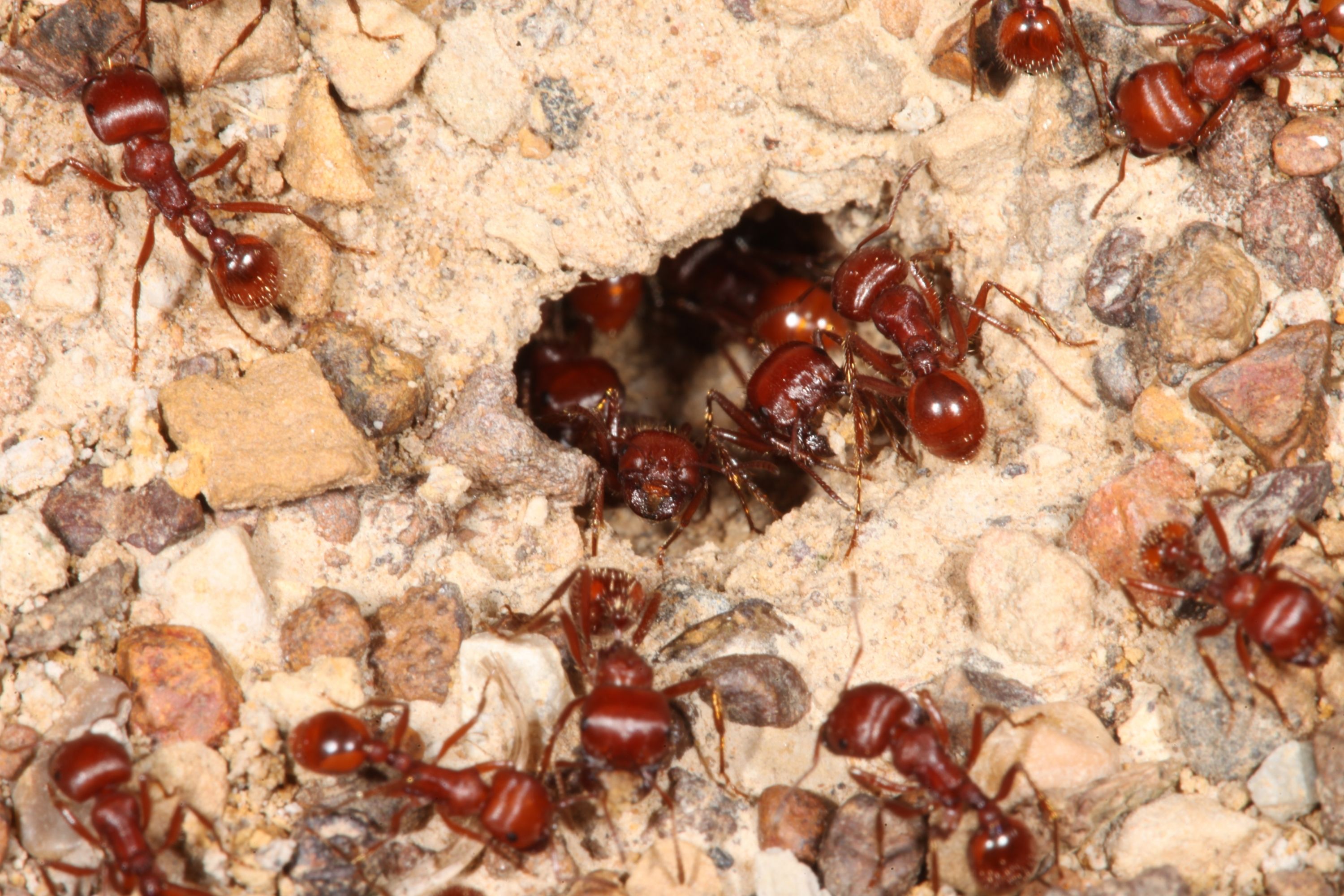
Description
Pogonomyrmex barbatus is a species of harvester ant from the genus Pogonomyrmex. Its common names include red ant and red harvester ant. These large (5-to 7-mm) ants prefer arid chaparral habitats and are native to the Southwestern United States. Nests are made underground (up to 2.5 m deep) in exposed areas. Their diets consist primarily of seeds, and they consequently participate in myrmecochory, an ant-plant interaction through which the ants gain nutrients and the plants benefit through seed dispersal. Red harvester ants are often mistaken for fire ants, but are not closely related to any fire ant species, native or introduced. Red harvester ant nests are characterized by a lack of plant growth and small pebbles surrounding the entrance to the tunnel, which usually descends at a pronounced angle. Hulls of seeds may be found scattered around the nest. In grassland areas, such as ranches, the lack of plant life makes red harvester ant colonies very easy to spot, and where they are very plentiful, they may make serious inroads into the grazing available to livestock. The mounds are typically flat and broad, 0 to 100 mm (0.0 to 3.9 in) high, and 300 to 1,200 mm (12 to 47 in) in diameter. Even larger denuded areas have been reported, on the order of 10 m2 (110 sq ft). Three to eight trails typically lead away from the mound, like "arms". These trails are used by ants to collect and bring food back to the mound. "Scout" ants are the first ones out of the mound every morning. They seek food, and mark their path as they return to the mound to alert the worker ants. The worker ants follow the scent trail and collect the food. Other worker ants clean, extend, and generally tend to the mound, the queen, and the brood. All the ants in the colonies are females apart from the winged males produced in the breeding season. The reproductive unit of ant populations is the colony. A single virgin queen first mates with several males at a reproductive aggregation site formed by male harvester ants. She then flies to a new site to produce an offspring colony. The main food source for red harvester ants usually consists of seeds, which they hoard in great numbers. The food is first ground to a bread-like consistency using the ants' large mandibles, and is then stored in a granary, assuring the colony access to food year-round.
Taxonomic tree:

